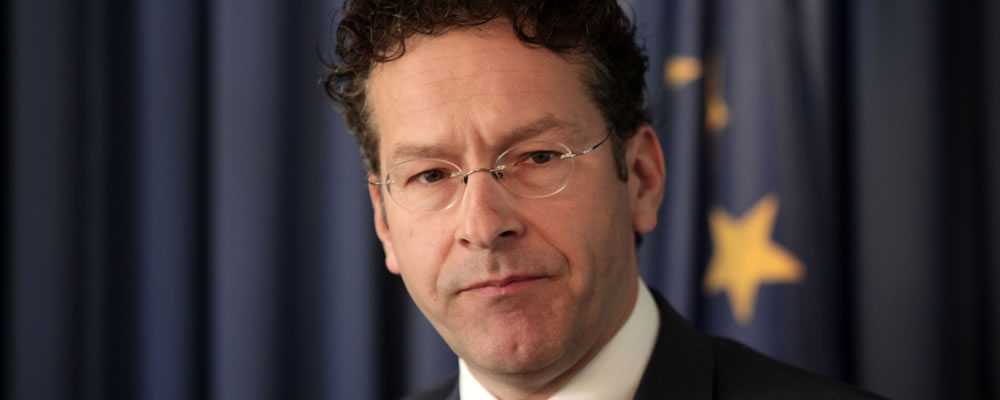Confidence in the Euro strengthened ahead of the latest Eurogroup meeting, in spite of the limited prospects for progress on Greece.
As analysts at Unicredit noted:
‘Greece and its lenders are heading to the meeting with few expectations of a breakthrough and the best-case scenario for Athens being an agreement for the institutions and their mission chiefs to shortly return to the Greek capital and resume negotiations.’
Weaker-than-expected German producer price data also failed to weigh on EUR exchange rates, meanwhile.
With the populist domino effect seemingly halted by the Dutch election the appeal of the single currency has strengthened.
Investors have been encouraged to take a more optimistic view of the French presidential election, where centrist Emmanuel Macron is maintaining a lead over far-right candidate Marine Le Pen in the polls.
Following the surprise Eurozone trade deficit seen on Friday expectations for the corresponding current account figures are not positive.
If the data also points towards a weakening of trade conditions at the start of the year this could see the Euro return to a weaker footing against its rivals on Wednesday.
The outcome of the Eurogroup meeting could also put a dampener on the single currency, with any further delays in the conclusion of the Greek bailout review likely to create fresh downside pressure.
Worries over Brexit and the future of the UK somewhat limited demand for the Pound at the start of the week.
Despite Theresa May embarking on a four-nation tour, aiming to foster an increased sense of unity, the prospect of wider fractures seems undiminished.
With Scottish First Minister Nicola Sturgeon continuing to push for a second independence referendum domestic political developments are likely to dominate the outlook for Sterling.
The Euro Pound exchange rate could come under pressure, however, if Tuesday’s UK consumer price index report proves bullish.
Forecasts point towards a fresh uptick in inflationary pressure, which could encourage the Bank of England (BoE) to adopt a more hawkish view on monetary policy.
Even so, with rising inflation set to put an increasing squeeze on consumers over coming months the EUR GBP exchange rate could still find some support here.
Disappointment over the more cautious policy guidance offered at the Federal Reserve’s March meeting is continuing to drag on the US Dollar, meanwhile.
Markets maintain a bearish view on the ‘Greenback’ as the Fed seems on course to raise interest rates at a more gradual pace over the course of the year.
This has limited the upside potential of USD exchange rates, even though the underlying fundamentals of the US economy remain strong.
An improvement in the Chicago Fed national activity index could see the US Dollar recovering some of its recent losses against the Euro, at least in the short term.
However, if Fed policymakers continue to paint a less hawkish view on interest rates then the EUR USD exchange rate could extend its recent gains further.
Current EUR GBP USD Interbank Exchange Rates
At the time of writing, the Euro Pound exchange rate was trending higher at 0.86. Meanwhile, the Euro US Dollar exchange rate was making gains around 1.07.



